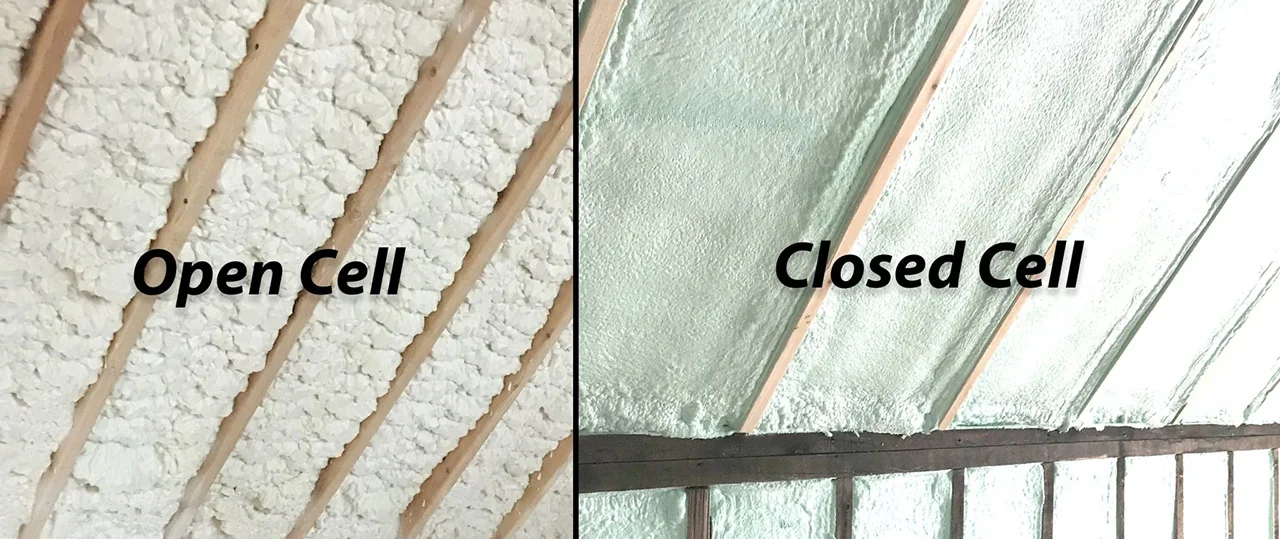Open-Cell Insulation: A Comprehensive Guide to Its Applications, Benefits, and Best Practices

Introduction
Open-cell insulation, a variant of Spray Polyurethane Foam (SPF), is renowned for its soft, sponge-like texture and expansive properties. As a lighter alternative to closed-cell insulation, open-cell insulation presents its unique set of advantages and specific use cases. Let's dive into its characteristics, applications, and the best ways to utilize this insulation type.
Applications of Open-Cell Insulation
- Interior Walls: Provides soundproofing and thermal insulation, making it suitable for residential and commercial interior walls.
- Ceilings: Its lightweight nature is ideal for ceilings, ensuring less weight is added to the building structure.
- Attics: Offers a breathable layer, allowing for effective attic ventilation.
- Floor Insulation: Acts as a barrier against drafts in floors, especially in raised homes.
Benefits of Open-Cell Insulation
- Cost-Effective: Generally more affordable per square foot than its closed-cell counterpart.
- Sound Barrier: Exceptional sound dampening properties help in reducing noise transfer between rooms or floors.
- Flexible Expansion: Expands up to 100 times its original volume, ensuring thorough coverage, even in hard-to-reach places.
- Vapor Permeable: Allows for a degree of moisture vapor to pass through, reducing the risk of condensation build-up in some settings.
- Light Weight: Less density means it puts less strain on structural elements.
Conclusion
Open-cell insulation is an effective solution, particularly when soundproofing and flexible application are paramount. Its distinct properties make it apt for certain applications over others. For optimal results, always consult with professionals and adhere to best practices, ensuring your insulation investment provides comfort, efficiency, and longevity.
Boost your property's energy efficiency and comfort with the unique advantages of open-cell insulation.